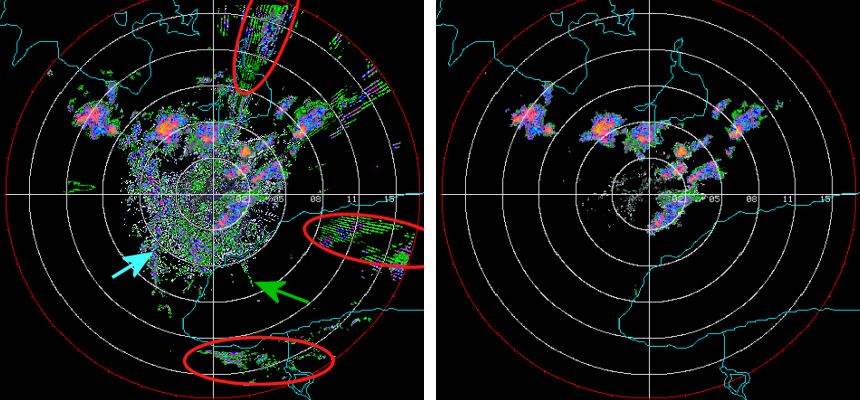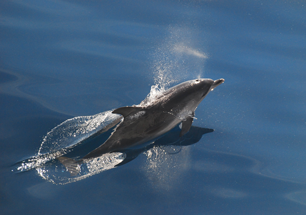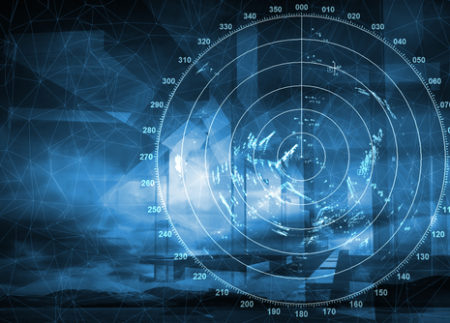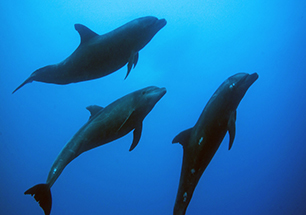KEY QUESTIONS
- Can industry estimate the effect of its operations on animals by visual or acoustic monitoring over time?
- Can a dataset of passive acoustic recordings and statistical analyses be devised that permits industry to estimate the mammal species present, their numbers, and industry's effect on their numbers (if any) throughout the life of a field

SUMMARY
Fixed installation PAM systems allow industry to acoustically monitor marine mammals over a given area for extended periods (years to decades). When these data are analysed in real time they can affect decisions during ongoing E&P operations and possibly reduce some risks. The analysis of data collected over long time periods can show animal distribution, movement, habitat use, and potential disturbance by E&P operations over time. Such data can also inform long term risk management plans. What typical PAM systems do not reveal is the size of the marine mammal population that is calling.
This project was the first to devise ways of estimating cetacean population sizes from calls recorded on acoustic receivers. It is a general framework that links all methods used into a flowchart that applies to assessing different species in various habitats. Ideally, 30 or more receivers dispersed over the area of interest are needed to estimate the probability of detecting a call (i.e., the area covered by the phones).
Also, the number of calls received must be converted into the number of animals producing them. This conversion can done by;
- having each sensor cover a known distance
- having sensors placed so that a call is recorded on more than one sensor, and
- attaching acoustic recording tags to individual whales.
Population size estimates are fundamental to understanding cetacean basic biology, number of animals around an industry operation, and the effects of human operations on cetacean populations. The methods developed within this project have already been used to estimate population sizes of several cetacean species not analysed in this study.
Objectives and methods
- Determine whether cetacean population densities could be estimated from multiple or single fixed passive acoustic recorders
- Develop a standard measurement and statistical protocol for doing so
- The research team used existing data sets to develop methods of estimating cetacean population densities from calls recorded on passive acoustic receivers (minke whale sounds on the Navy PMRF range in Hawaii, sperm and beaked whale sounds on the Navy AUTEC range in the Bahamas, and sperm and beaked whale sounds recorded on single receivers on the AUTEC range). The study method involved individual analysis of existing acoustic data sets, and frequent consultation among a large number of experts.
Importance
This project developed methods for acquiring and analysing passive acoustic data to provide absolute density estimates of regional marine mammal species that industry would need in order to assess the effects of its operations on cetacean stocks over the life a field. The methods are being accepted and used by wildlife managers.
Links to other research
Institutions/PIs
University of St. Andrews, Scotland (Dr. Len Thomas).



